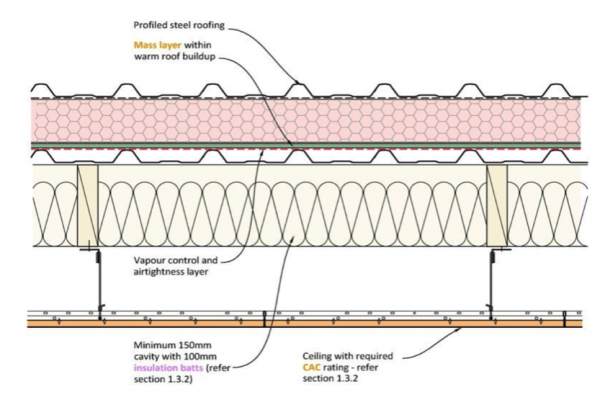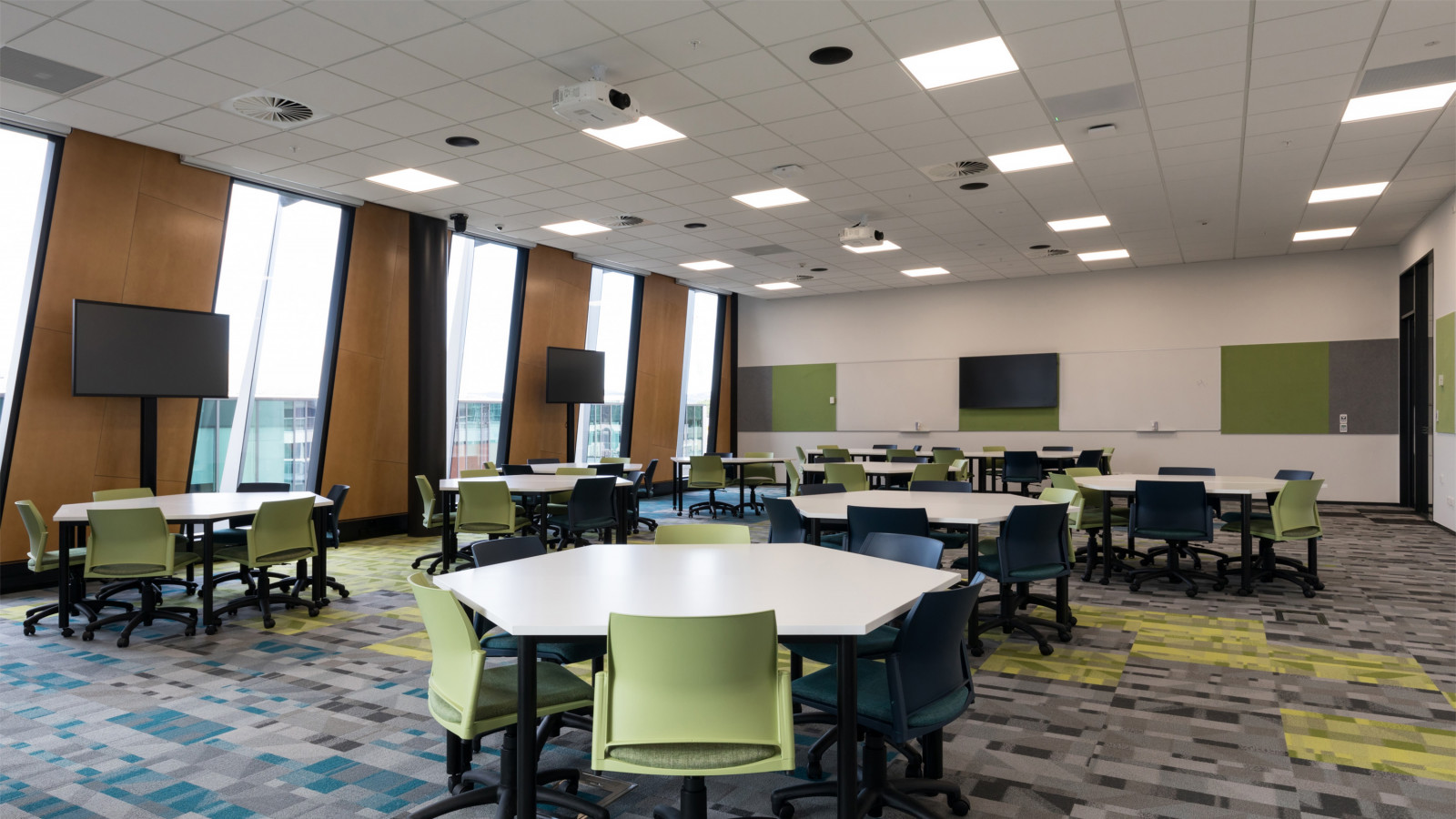First released by the Ministry in partnership with the Building Research Association of New Zealand (BRANZ) in 2007 and the second version released in September 2016 with its mandatory requirements applied in 2017. Changes in this third version have been made to align with industry best practice, the latest research, feedback received from design reviews and responses to a wide range of technical queries.
The DQLS documents have been developed to provide technical requirements that assist architects, designers and engineers in creating quality learning environments that are fit for purpose. The primary objectives are to provide quality learning environments to support teaching and learning, and the wellbeing of everyone who use or occupy school buildings.
The DQLS requirements apply to:
- All ‘new-build’ structures including extensions
- Prefabricated and new contracts for modular buildings
- Refurbishments of existing school buildings, including significant alterations
A design team must ensure that any new learning space design complies with the DQLS requirements for reverberation time (RT), sound absorption (NRC), sound insulation (CAC), impact insulation and indoor ambient noise levels. The use of acoustic ceiling tiles reduces ambient noise levels and improves sound quality within a room by absorbing sound waves and eliminating echoes.
Three approved design solutions for roofs have been developed to cater for areas of high, medium and low rainfall intensity. The approved solutions are warm roofs, where the thermal mass is in a rigid panel directly below the cladding. This is the Ministry’s preferred roof type for learning spaces, but others may be accepted if they are of a robust design.
To comply with the mandatory requirements, a roof-ceiling system must adopt the approved solution relevant to the school’s region — or a design that is acoustically equivalent (as confirmed by an acoustic engineer).

HEAVY Rain Regions
Northland, Auckland, Bay Of Plenty, Taranaki, West Coast.
- A profiled steel warm roof system including a mass layer
- 150 mm ceiling cavity with insulation batts and CAC 35+ ceiling
- or 150mm ceiling cavity with (no insulation) and CAC 40+ ceiling
MEDIUM Rain Regions
Waikato, Gisborne, Hawke’s Bay, Manawatu, Whanganui, Wellington, Tasman, Otago, Southland.
- A profiled steel warm roof system including a mass layer
- 150 mm ceiling cavity with insulation batts and CAC 25+ ceiling
- or 150mm ceiling cavity with (no insulation) and CAC 30+ ceiling
LOW Rain Regions
Canterbury, Marlborough
- A profiled steel warm roof system including a mass layer
- (No acoustic requirement for ceiling or cavity)
Potter Interior Systems have been working with the education sector for many years and understand the complex NRC + CAC levels required under the new code. As specialists in this area we can offer the most practical and compliant solutions for your projects.
If you have any questions on how the new standard affects your projects, products or services, feel free to get in touch for an in-depth discussion or email [email protected]




























 Most Popular
Most Popular Popular Products
Popular Products


